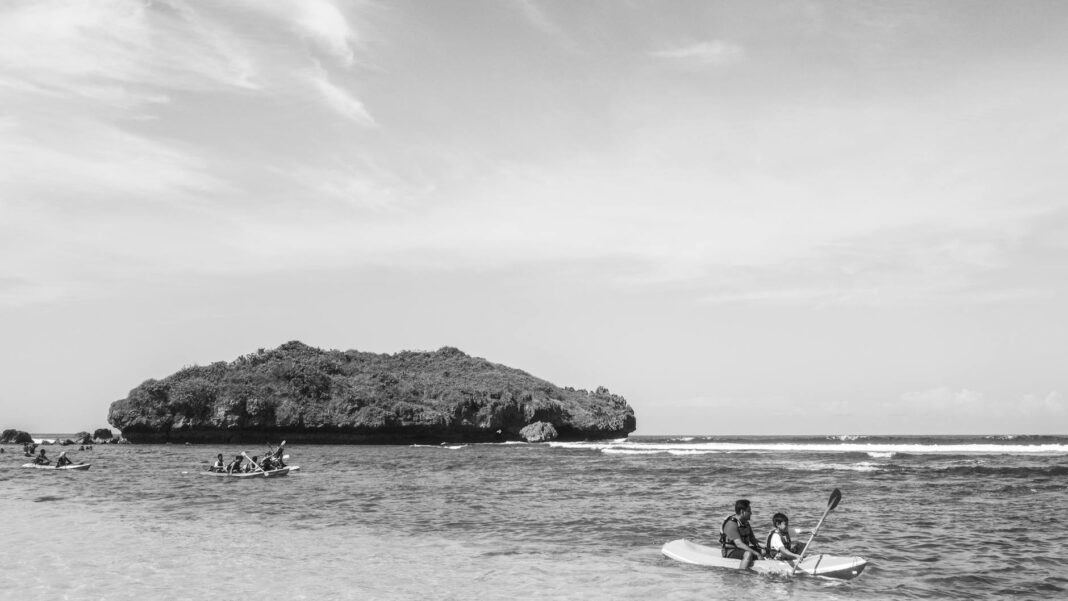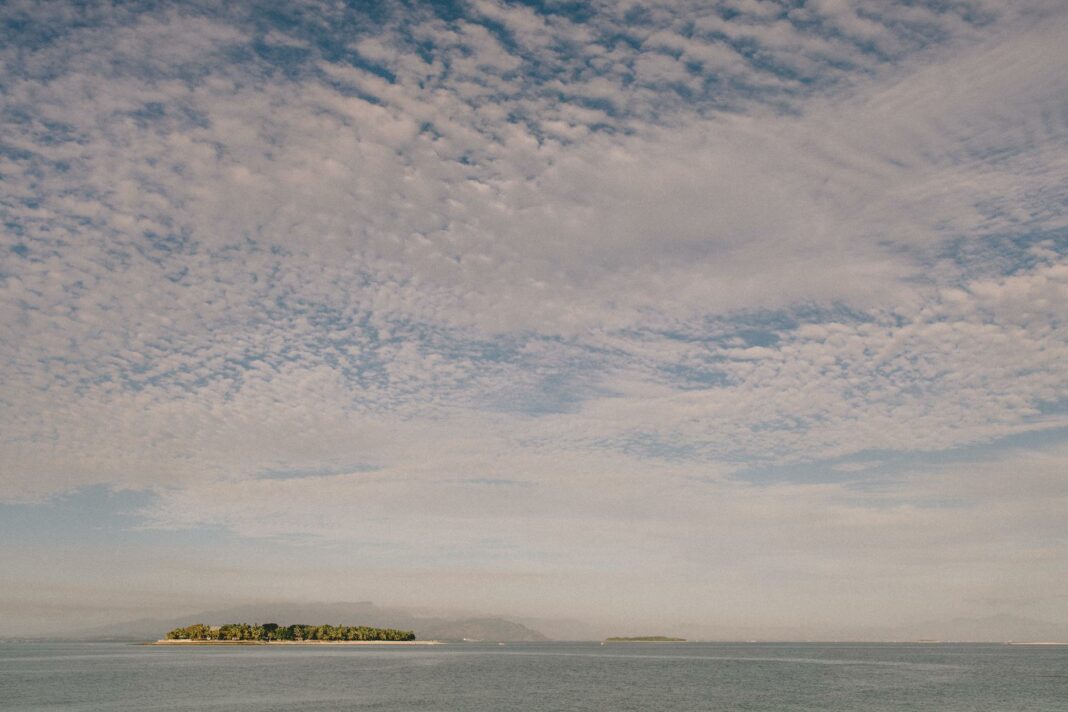Table of Contents
Embarking on an island-hopping adventure is not just a journey; it’s a canvas waiting to be painted with stunning visuals. Each island offers unique landscapes, vibrant cultures, and breathtaking sunsets, providing the perfect setting to capture memories that last a lifetime. This blog post dives deep into the ultimate photography secrets tailored for island hopping, enhancing your skills and inspiring your creative vision with every click of the shutter.
With so many breathtaking sights to explore, it’s essential to know how to make the most of your photography gear and techniques. Whether you’re a seasoned photographer or a passionate newbie, these tips will elevate your images and transform the way you communicate your adventures. From selecting the right equipment to mastering lighting and editing, get ready to discover the secrets that will take your island hopping photos to the next level.
The Essential Gear for Island Hopping Photography
Every great photograph begins with the right gear, especially when traversing the beautiful landscapes of various islands. Start by investing in a versatile camera that allows for both manual and automatic settings, enabling you to adapt to diverse environments effortlessly. Additionally, consider packing a high-quality lens that suits your shooting style; wide-angle lenses work wonders for epic landscape shots, while telephoto lenses allow you to capture distant details without disturbing wildlife or locals.
Don’t overlook the importance of accessories. A sturdy tripod can be a game changer, particularly for sunrise or sunset shots where lighting conditions can be tricky. Polarizing filters will help reduce glare from water, enhancing the color saturation of your images. Lastly, a weather-sealed camera body or protective bags are invaluable on unpredictable weather days, ensuring that your equipment stays safe no matter what Mother Nature throws your way.
Mastering Lighting Conditions
Lighting can make or break your photography, especially in vibrant island environments where the sun can be both a friend and a foe. Golden hour—the fleeting moments just after sunrise or before sunset—offers soft, warm light that bathes everything in a beautiful glow. Planning your shoots during these times not only enhances the aesthetics of your photos but also adds a layer of enchantment to your compositions, capturing the islands’ true beauty.
Be mindful of the harsh midday sun, which can cast unflattering shadows. If you find yourself out shooting when the light is less than ideal, try to look for shaded areas or use natural reflectors, like sand or water, to bounce light back onto your subject. Experimenting with backlighting can also create stunning silhouettes that add a dramatic touch to your photos. By being mindful of light and learning to adapt, your photography will undoubtedly reflect the essence of each island.
Perfecting Your Angles and Composition
Composition is key to creating striking images that draw viewers into your frame. Start exploring various angles and perspectives to convey the narrative you want to share. Moving away from eye level can unlock interesting viewpoints, such as crouching down to capture a child playing in the sand or climbing to an elevated location to showcase a panoramic landscape. Every island has unique characteristics; therefore, understanding how to highlight those through composition will set your photography apart.
Also, consider utilizing the rule of thirds as a foundational guideline—this principle suggests dividing your frame into thirds both vertically and horizontally. Place your subject along these lines or at their intersections to create a balanced and engaging image. However, feel free to break the rules; sometimes, breaking traditional norms can lead to more authentic and innovative compositions. Challenge yourself to stray from cookie-cutter shots and tap into your creativity, capturing what really makes each island special.
Editing Your Island Hopping Photos
The journey doesn’t end once you leave the island; it continues in post-production. Editing can transform a great photo into an extraordinary one, allowing you to refine colors and adjustments to match the emotions you want to convey. Software programs like Lightroom or Photoshop provide a wealth of tools to enhance your work. Start by adjusting exposure, contrast, and saturation to revive the vitality of your images, making sure they reflect the vivid experiences you encountered.
Don’t shy away from cropping or straightening your photos; minor adjustments can drastically improve the overall presentation. Adding filters or presets can streamline your editing process while offering a consistent aesthetic across your collection. Remember, storytelling is key; use your editing to highlight the narrative behind your island hopping experience. Each photo can evoke memories and emotions—let your editing convey the heart and soul of your adventure.
Finding Inspiration and Unique Perspectives
Creativity often stems from fresh perspectives and inspiration. As you island hop, look beyond conventional photography. Try visiting local markets, engaging with residents, or documenting cultural practices to tell a more profound story through your images. Ask yourself what makes the island unique; whether it’s the way the light hits the palm trees or the bustling energy of an evening market, these details can spark compelling ideas.
Moreover, follow fellow photographers on social media or photography platforms to gain insights and ideas. Seek out inspiration from art, literature, and nature; sometimes, stepping away from photography and immersing yourself in other creative outlets can reignite your passion. Challenge yourself to capture views from new angles or explore unseen corners of each island. By embracing variety and staying open to inspiration, your photography will flourish and radiate authenticity.
Elevate Your Photography Journey
As you embark on your island hopping adventure, embrace these photography secrets to enhance your skills. Each island holds unique visual narratives waiting to be captured. Approach your photography with curiosity and openness; engage with the environment, respect local customs, and be mindful of the moments unfolding around you. The key lies in blending patience with excitement, ready to capture fleeting glimpses of beauty that define your experience.
Ultimately, photography is about connection—connection to the landscapes, cultures, and moments you encounter. By applying these techniques and tips, your island hopping journey will not only yield stunning photos but will also deepen your appreciation for the places you explore. Let each click of the shutter remind you that every island has its story; it’s up to you to visualize and share it with the world.
Frequently Asked Questions
What are some budget-friendly camera options for beginners?
For beginners, consider entry-level DSLRs or mirrorless cameras from brands like Canon, Nikon, or Sony. These often have user-friendly interfaces, and you can find affordable lenses to complement them.
How do I protect my camera gear during island hopping?
Invest in a good camera bag that provides padding and weather resistance. Use lens caps and keep your gear out of direct sunlight and moisture whenever possible.
What editing software is recommended for beginners?
Lightroom is a great starting point for photo editing, offering intuitive options for enhancements. It allows you to make quick adjustments and organize your photos efficiently.
Are there any specific photography techniques for capturing water scenes?
When photographing water, use lower shutter speeds for a silky smooth effect, and consider using a polarizing filter to reduce glare and enhance color vibrancy.
How can I improve my photography skills quickly?
Frequent practice is key; take photos regularly, experiment with different techniques, and seek constructive feedback from fellow photographers to refine your style.
Image Credit: Pexels





